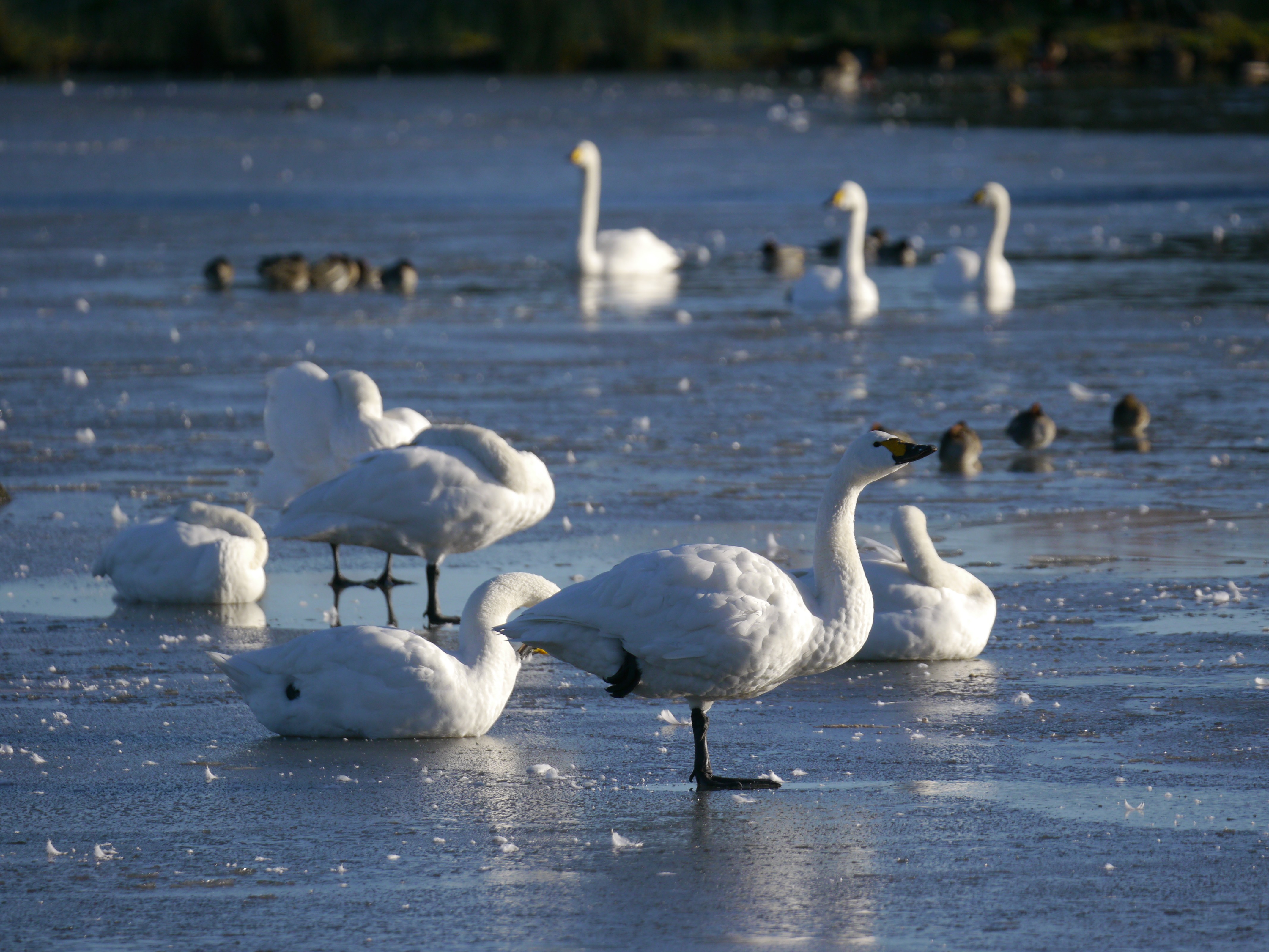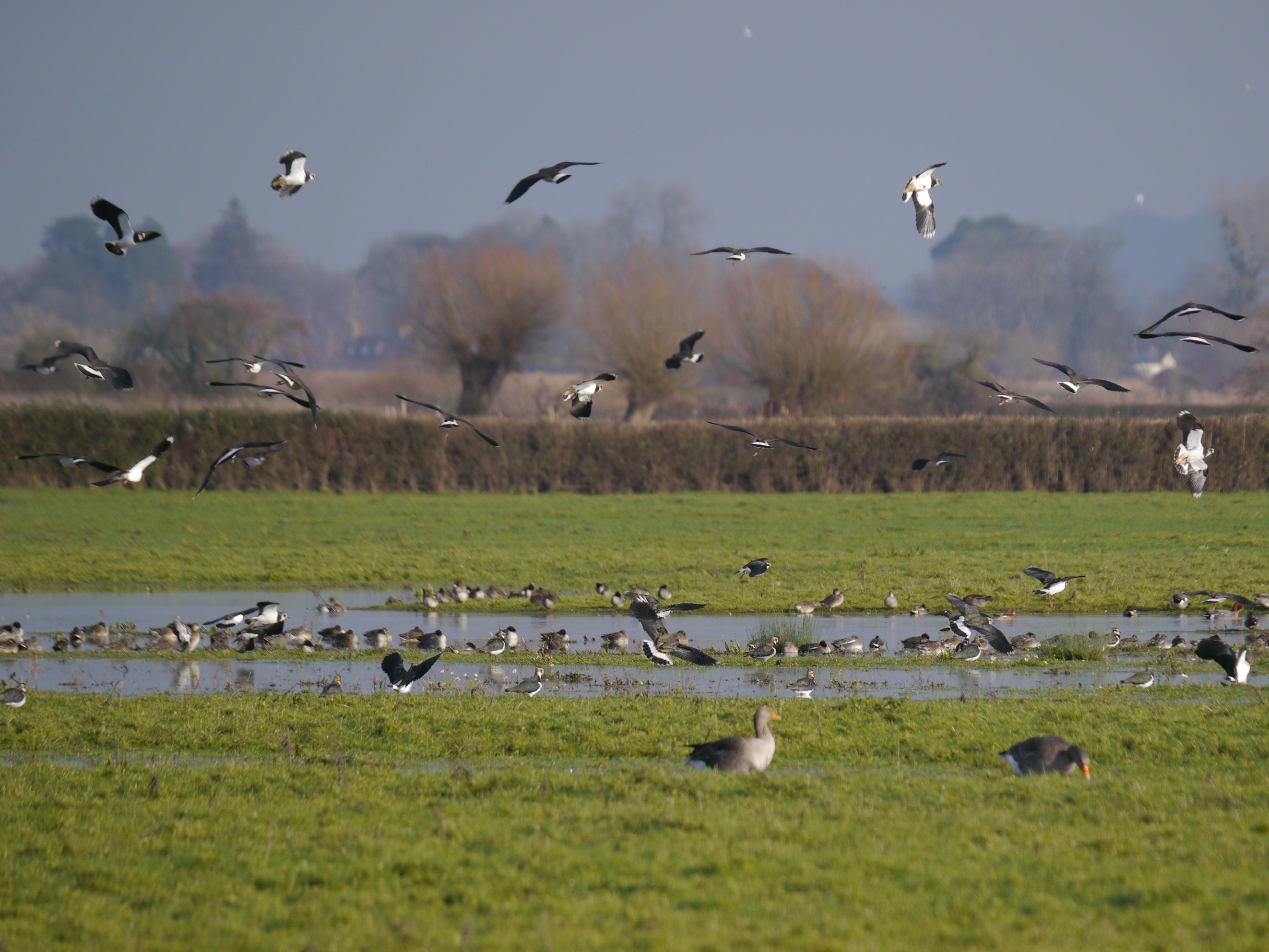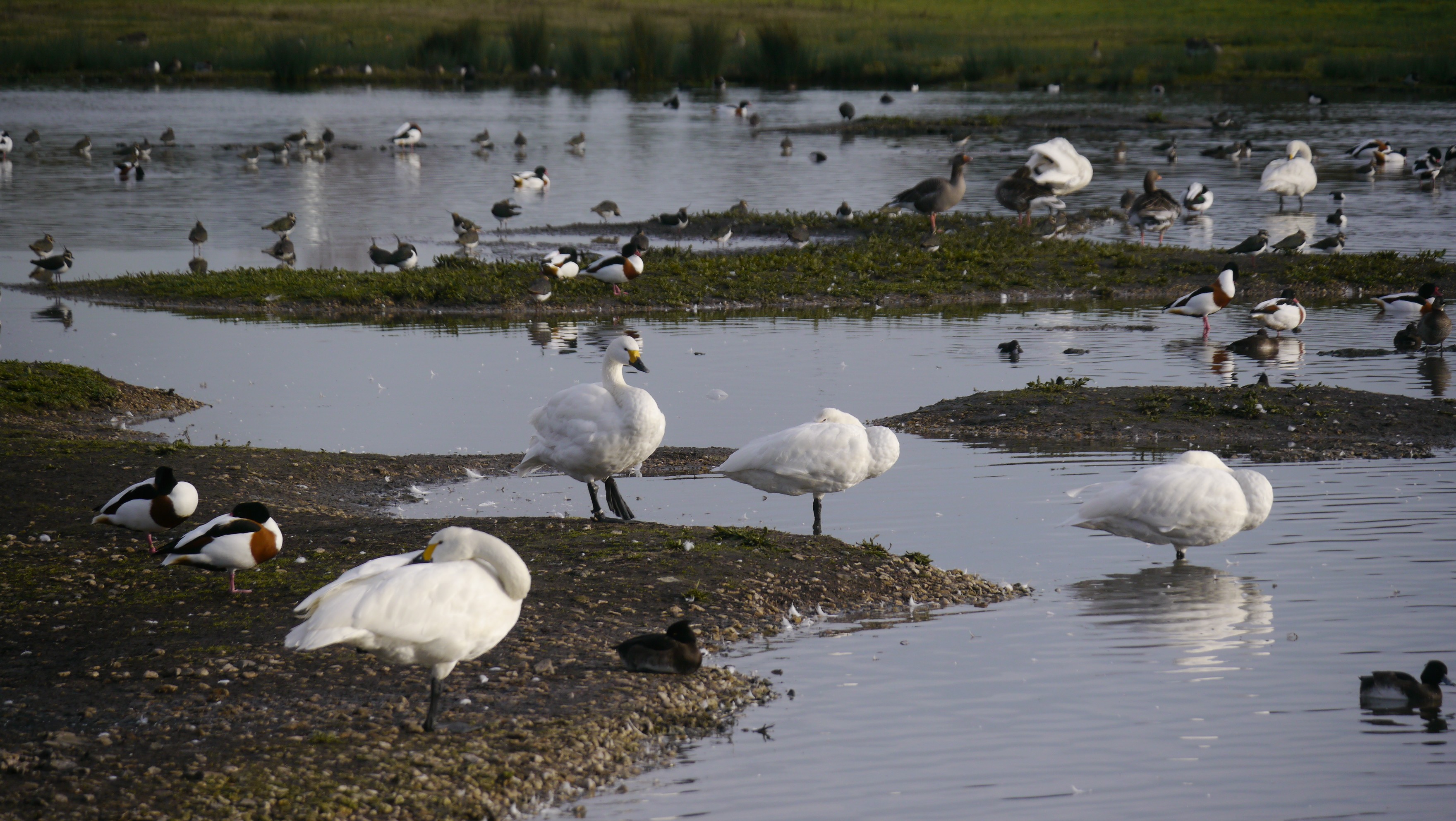Turning black and white
The breeding season has really kicked up a gear this week
The breeding season has really kicked up a gear this week and you can't help but notice that so many of our breeding wildfowl and waders have mostly black and white plumage - Oystercatcher, Tufted Duck, Avocet, Black-headed Gull and Shelduck.
We've seen some nice periods of sunshine this week, even if we're ending on a wet note this Friday. It is now almost impossible to walk around the site and not hear at least one Chiffchaff singing, and this week we've also seen our first Blackcap arrive and start to sing around the Decoy. Several Skylark have now been in full song for over a month out on the Dumbles and around the fields to the north, and the first singing and parachute-displaying Meadow Pipits have been seen at Middle Point this week.
As I type I am currently watching a few Sand Martin flitting around over the Tack Piece. A few birds have been seen most days this week, with hopefully many more to follow soon. A Swallow was seen locally a few days ago too.
The Reserve Team have been busy again this week continuing preparation work for reopening in a few weeks time. You can keep up to date with our latest plans to reopen on the WWT website here. This week we've been focussing on the completing work along the Estuary Walkway. The path has been completely resurfaced, with sections that had eroded and started to slope into the ditch built back up with a new retaining wall used from recycled materials. Several of the hides have also had a fresh coat of wood preservative. The volunteers have made such good progress we also managed to start preparation work on the South Finger Walkway down to the Kingfisher Hide which will be our focus next week.

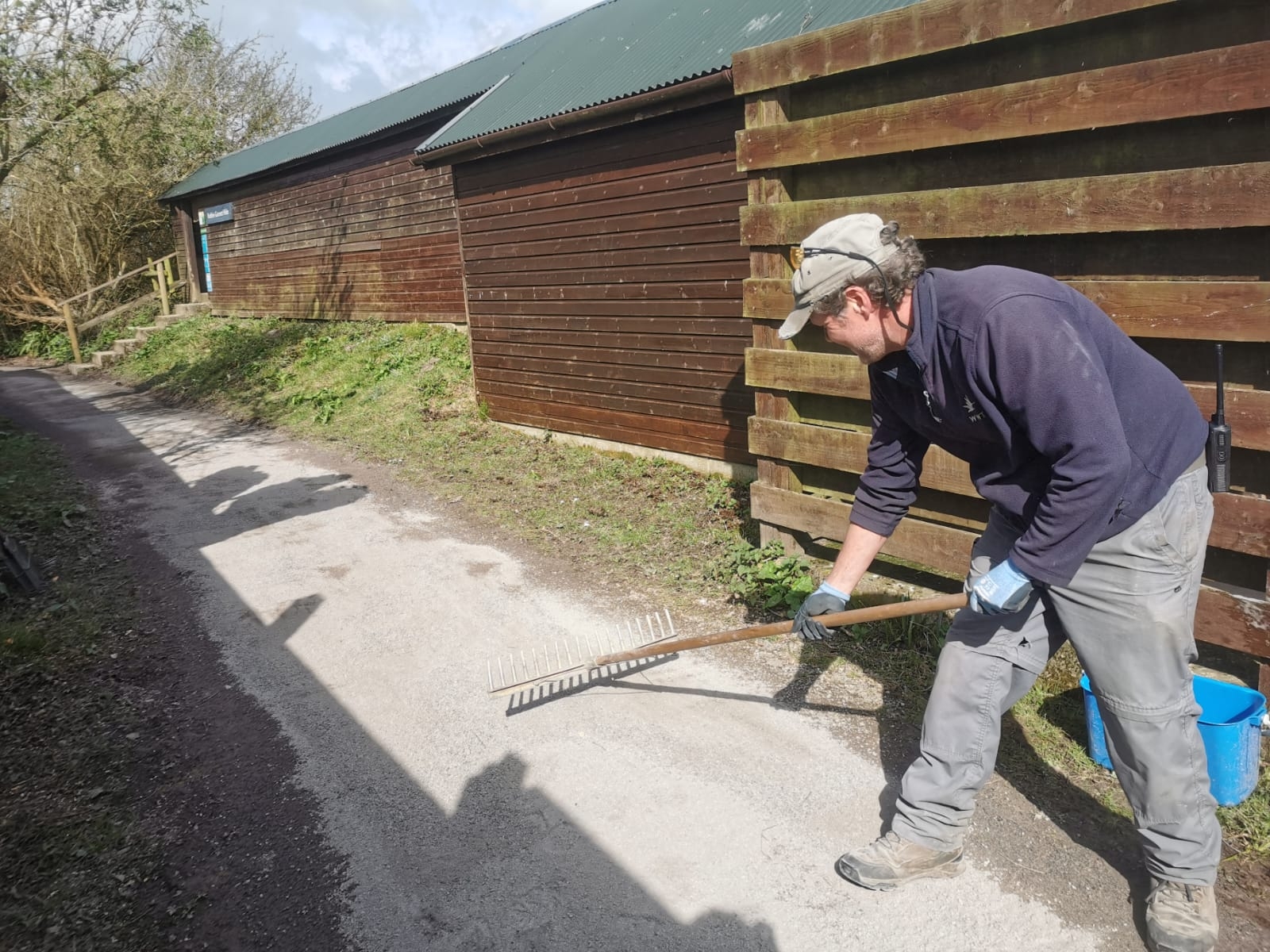
A few of the team broke away on Thursday and took the boat up to the Hundred Acre Reedbed to complete a few tasks to get the area ready for the breeding season. We have resurfaced three of our tern rafts on the lagoon and did some work on the neighbouring islands that could benefit other species such as egrets if they choose to stay and nest. We hope to be able to share the results with you later in the summer if it is safe for our Wild Safari events return.
Wildfowl
The biggest wildfowl news of the week came in the form of an unexpected pair of Tundra Bean Geese dropping in to the Tack Piece on Wednesday morning. The birds spent most of their time sleeping, suggested that had arrived that morning, but were gone by Thursday. They're not the first Tundra Bean Geese we've seen this winter, a juvenile was present just before Christmas. This winter we've recorded nearly all of the UK's goose species and subspecies either on the reserve (even if not in a fully 'wild' state), or on the Upper Severn Estuary, the list comprising; Canada, Greylag, Barnacle, Russian White-fronted, Greenland White-fronted, Dark-bellied Brent, Pale-bellied Brent, Tundra Bean, Pink-footed, Egyptian and the long-staying Bar-headed Goose. Another addition to the list is the Cackling Goose, still present this week out on the Dumbles or Bottom New Piece.
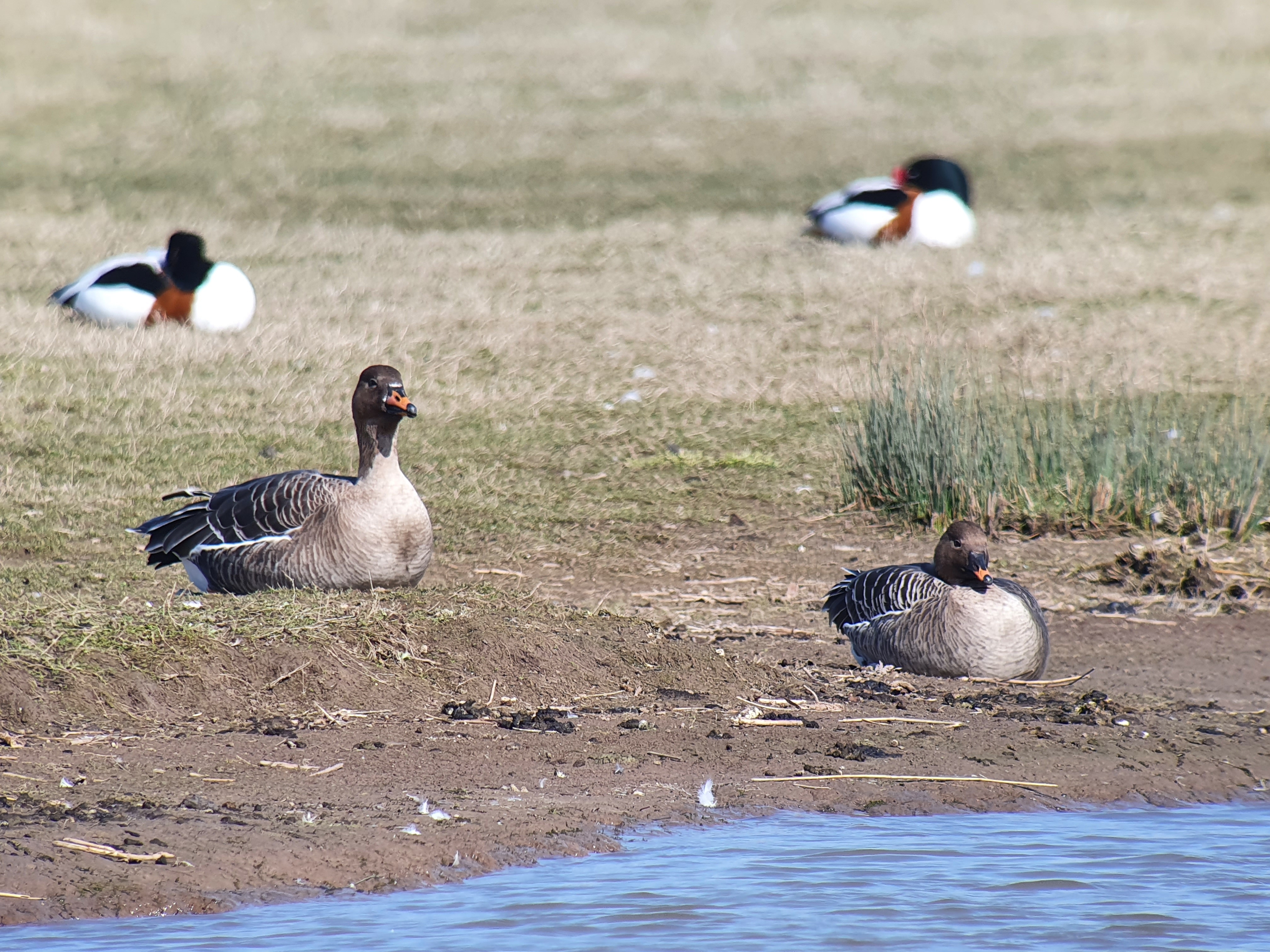
In other goose news we've also seen our first Greylag goslings of the year. At least four broods have hatched in the Decoy and have now been safely escorted out on to the reserve.
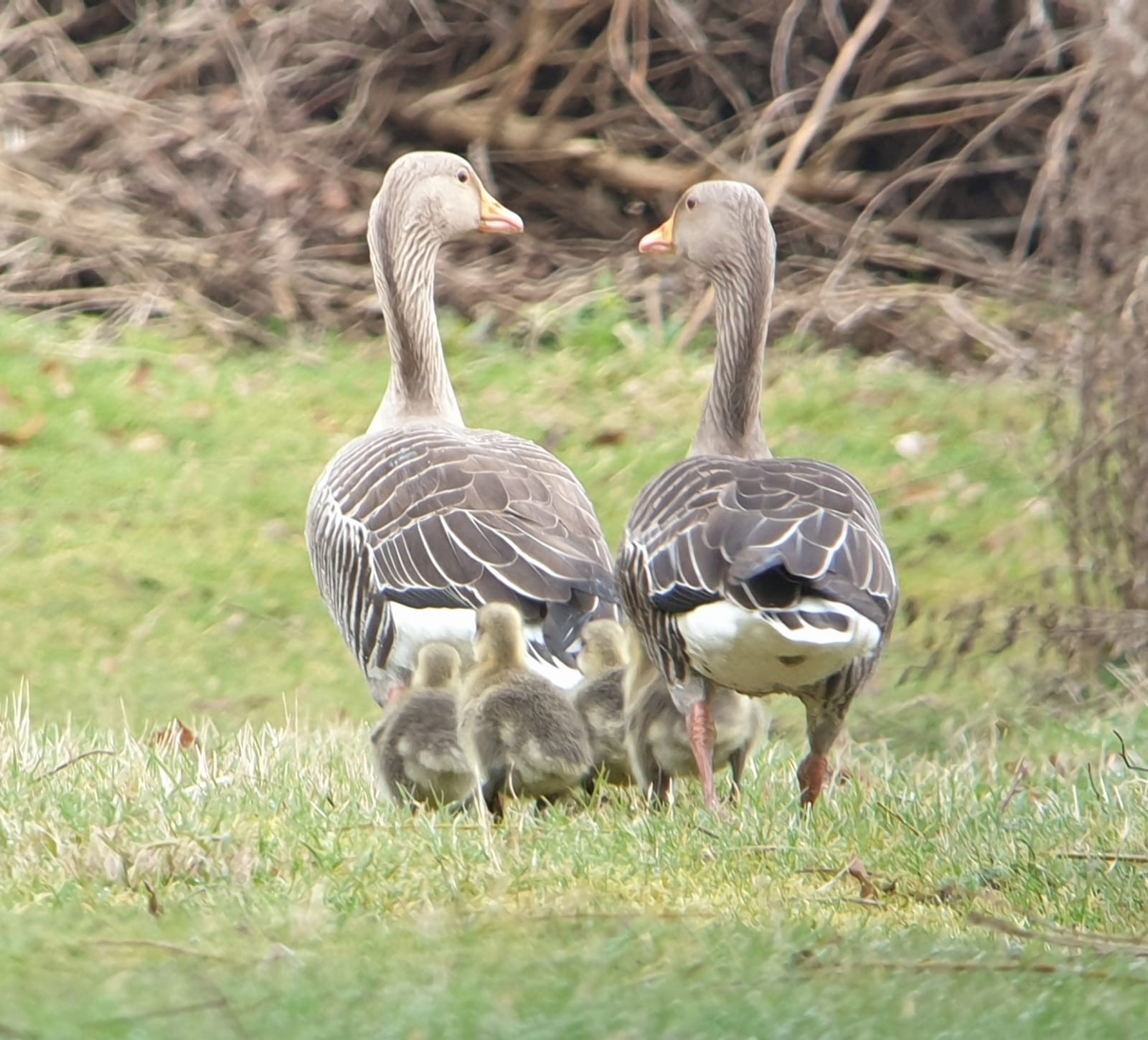
Each week we've been noting the drop off in winter duck numbers, but this week things seems to have accelerated. Wigeon are now down to the last 50 birds on the Tack Piece, 30 on the Pillbox Pool and another 50 on the Top New Piece. On Thursday only eight Pintail remained on site, with none seen this morning (Friday 26th). A small team were working in the Hundred Acre Reedbed earlier this week and noted four pairs of Pochard, but these are our breeding birds and not winter migrants still hanging on.
Waders
Lapwing have been busy displaying all week, and lots of nest scraping starting to take place on the Top and Bottom New Piece fields. Our Avocet flock now holds just over 60 birds and they too are starting to explore breeding sites such as the Rushy and Dumbles scrape, with the arguing and displaying starting up. A few pairs of also been seen mating.
Passage waders have been thin on the ground this week with no sign of last week's Bar-tailed Godwits. A flock of around 150 Golden Plover passed through on Thursday, the first we've seen for a few weeks now since our winter flock departed. One migrant we have seen this week was our first Little Ringed Plover of the year, heard on Sunday and then seen on the South Lake on Wednesday. It was then on the new scrape in the Canal Ground field nearby on Thursday with a second bird. It is great to see this new addition to the wetland habitats on the reserve attracting great birds. Hopefully several more will arrive and settle down to breed again as in the last few years - we have the nesting cages ready to help them.
Crane update
Still no sign of our pairs settling down, but is has still been a busy week for Crane news. One of our pairs who breed on the Top New Piece, Oakie & Sherbert, have reappeared and were out on the Dumbles on Wednesday evening along with Sedge, Monty & Evie and a new arrival - an immature unringed bird. We're unable to tell whether this is a bird hatched and raised on the reserve and has returned after a year or two away, or whether it could be a bird from a pair breeding in Somerset or from the East Anglia population. We will keep an eye on the bird to see if it remains throughout the spring and summer.
Our other pairs have also been seen this week; Kia & Chocolo are ususally in the Rushy, whilst Wendy & Albert and Phelps & Elizabeth Royal (ER for short!) are in the north of the reserve.
Kingfisher update
This week the male has continued with nest burrow preparation as the female sits outside. He also occasionally brings her a fishy present to further cement their bond and prove he can help provide for their upcoming families. We expect the first clutch to be laid around the end of April, so we will watch them closely to look for a change in their activity around the nest. Our second pair continue to be seen regularly around the South Lake and along the rhine at the entrance to the visitor centre.
Other notable species
Up to ten Cattle Egret have been noted in the roadside fields this week, with the birds still also roosting on the South Lake with a few Little Egret. Around the reserve at least two Great Egret are now present, and last Saturday a Spoonbill dropped in to the Top New Piece.
Birds of prey recorded this week include two Peregrines out on the Dumbles, an adult male and an immature male. The very pale white Buzzard has also been seen throughout the week. This bird is also regularly seen further north around Frampton. We've caught a few glimpses of Sparrowhawks on the hunt around the Decoy this week, with a few sightings of the species's larger cousin - Goshawk - out on the Tack Piece and Dumbles. To the north of the reserve a wing-tagged Marsh Harrier has been seen again. This may be the juvenile bird that was with us at the end of 2020 before being seen down at Chew Valley Lake. We haven't yet managed to read the code on the wing-tags to confirm this.
Another addition to the black-and-white list of species this week are Mediterranean Gulls. At least three birds have been noted this week, two third-calendar year birds and one second-calendar year bird. The bird have been hidden amongst the Black-headed Gull colony on the South Lake. This species has made attempts to breed here before, but so far have been unsuccessful. We hope a few adults will arrive soon and try again this season.
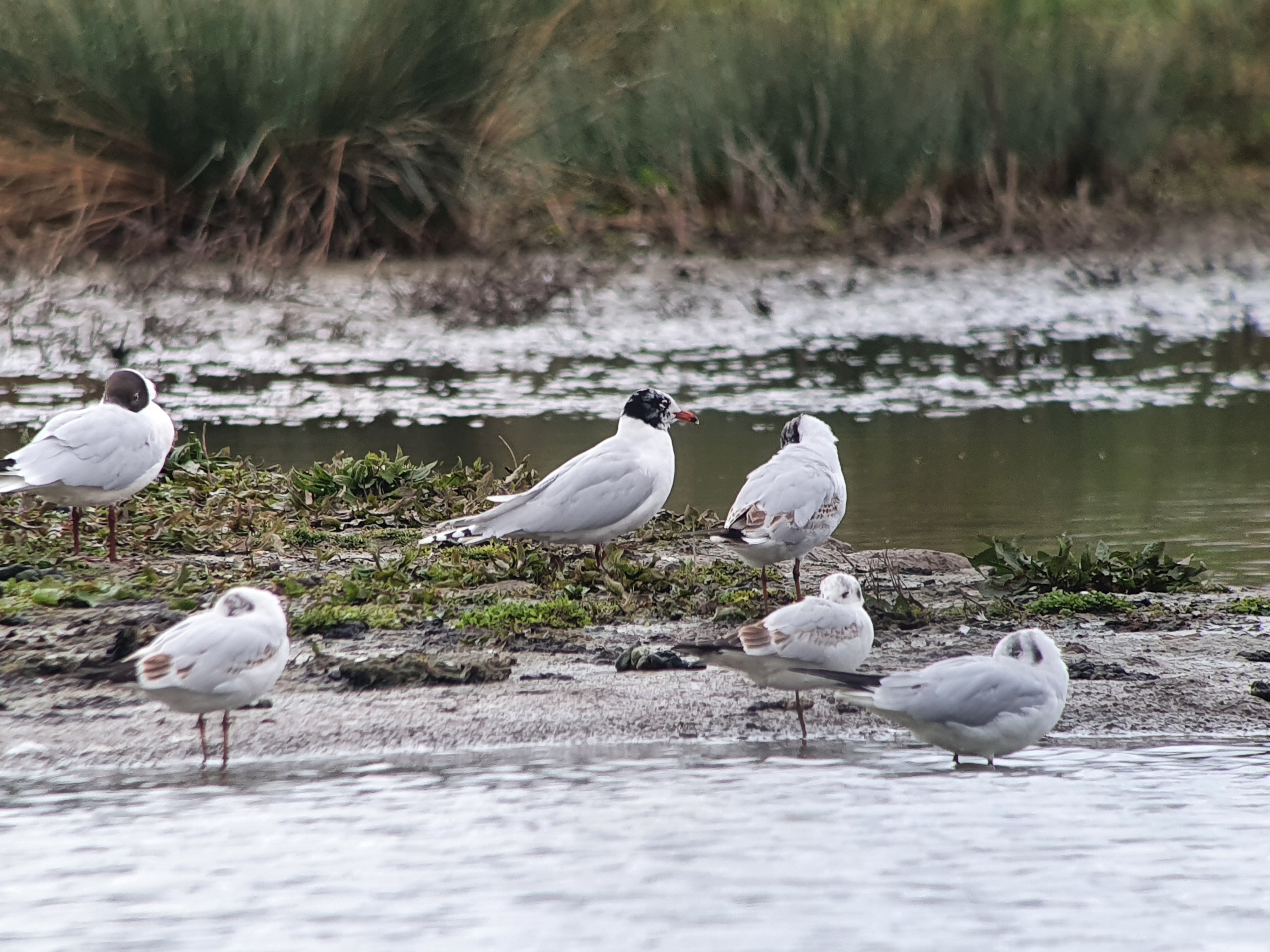
For now, we hope you are all staying safe and we look forward to welcoming you back to Slimbridge once we're able to reopen and share our amazing wildlife with you once more. Our volunteer teams will also be returning as we reopen, and we're looking for new recruits to join our weekend Guide in the Hide team and new Events Team. You can find out more about these two roles and many others across WWT Slimbridge Wetland Centre, and book to attend an open day on our website here.

